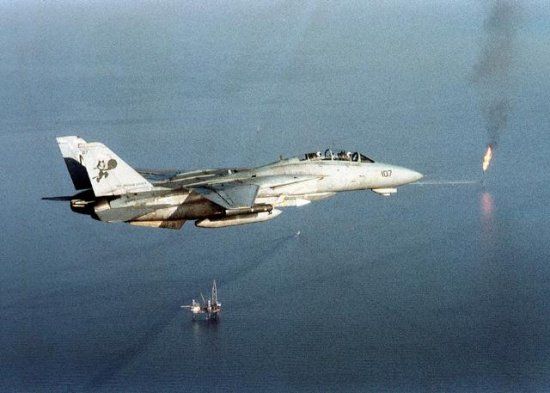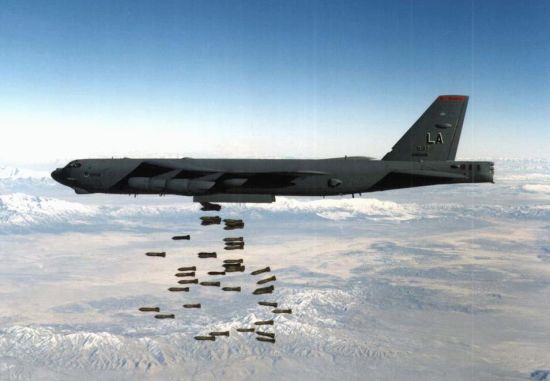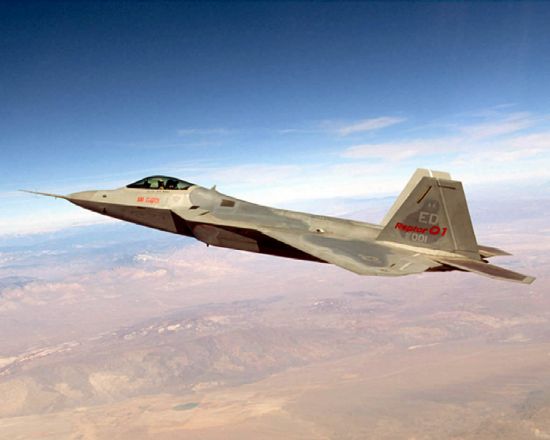|
||||||||||
|
|
||||||||||
|
||||||||||
|
|
||||||||||

Until recently, many companies tried to follow a tradition in naming their aircraft to distinguish themselves from competition. For example, Grumman often chose names ending in "cat," including the F4F Wildcat, F6F Hellcat, F7F Tigercat, and F8F Bearcat. Grumman also suggested that the F-14 be named the Tomcat after Admiral Tom Connolly, the Deputy Chief of Naval Operations for Air at the time. This suggestion was accepted by the Navy and became the official name.
Another good example is Boeing's tradition of including the terms "fortress" or "strato" in the names of its military aircraft. Examples include the B-17 Flying Fortress, B-29 Super Fortress, B-47 Stratojet, B-52 Stratofortress and KC-135 Stratotanker. All of these suggested names were accepted by the Air Force.

Similarly, Republic liked to give its fighters names starting with "thunder," including the F-84 Thunderjet, F-84F Thunderstreak, F-91 Thunderceptor, and F-105 Thunderchief. Lockheed often chose names including the word "star," such as the F-80 Shooting Star, F-94 Starfire, F-104 Starfighter, and C-141 StarLifter.
Douglas frequently selected names starting with "sky," like the F-6 Skyray, F-10 Skyknight, and A-4 Skyhawk. McDonnell, meanwhile, preferred names associated with ghoulish creatures like the F-2 Banshee, F-3 Demon, F-4 Phantom II, F-85 Goblin, and F-101 Voodoo.
However, the manufacturer's suggestion is not always popular. For example, the F-22 was originally named the Lightning II when Lockheed unveiled the prototype in the early 1990s. The manufacturer chose this name in honor of its P-38 Lightning fighter that gained fame during World War II. The plane was also briefly known as the SuperStar for a time during the mid-1990s to maintain Lockheed's tradition of star-related names. However, the Air Force rejected Lockheed's suggestions and instead named the plane the Rapier, which is a type of small knife. This name too was later dropped when the Air Force took delivery of the first production F-22 in the late 1990s. The service instead chose the name Raptor, in keeping with the service's recent tradition of naming fighters after birds of prey like the F-15 Eagle and F-16 Fighting Falcon.

A few aircraft have never had official names for most or all of their careers, like the
U-2 that was only dubbed Dragon Lady about 40 years after entering service.
Others have not only an official name but also one or more unofficial nicknames that have become even more
popular. Examples of these nicknames include the F-16 "Viper," SR-71
"Habu," F-105 "Thud," and F-18 "Bug." Perhaps the most famous example is
the A-10 Thunderbolt II that is far better known as the "Warthog."
- answer by Joe Yoon, 27 March 2005
Related Topics:
Read More Articles:


|
Aircraft | Design | Ask Us | Shop | Search |

|
|
| About Us | Contact Us | Copyright © 1997-2023 | |||
|
|
|||